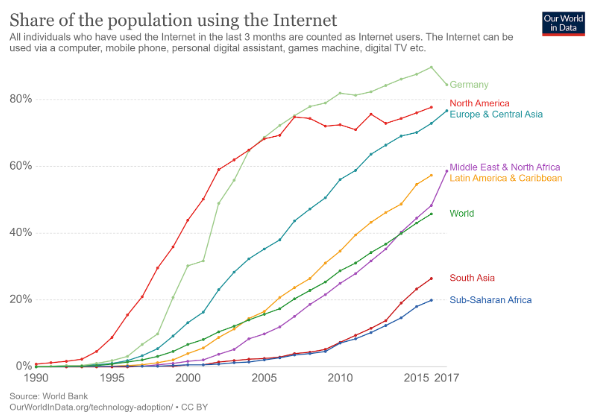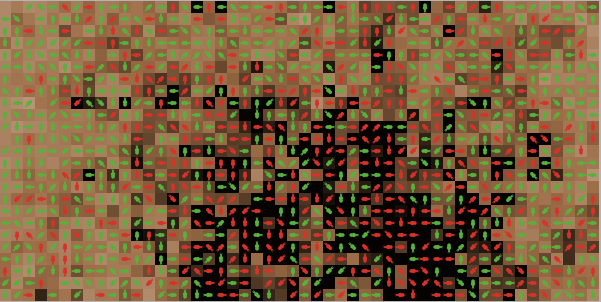
Cultural evolution (lesson plan)
Students explore the concept of cultural evolution by comparing it to genetic evolution based on a number of concepts, and explore why cultural evolution is so important in our species.
This model adds cultural evolutionary dynamics through behavior imitation to the evolution of resource use behavior. Several imitation biases are simulated: imitating the majority, the minority, the most successful, the most experienced, or the parents. Depending on the imitation bias, rate of behavioral innovation, and the mobility of agents, one can observe the emergence and spread of norms and traditions of sustainable or unsustainable resource use.


Students explore the concept of cultural evolution by comparing it to genetic evolution based on a number of concepts, and explore why cultural evolution is so important in our species.

A set of behavioral experiments to find out what motivates people to save electricity, exploring the roles of monetary incentives, social norms, appeals to the environment or to citizenship.

This NetLogo model lets students explore how competition for resources can affect the evolution of a population and can result in resource overuse. This model is similar to the Evolution and competition for forest resources model, but more abstract.
OpenEvo is an educational innovation project from the Department of Comparative Cultural Psychology at the Max Planck Institute for Evolutionary Anthropology.
Evolve the future of education with us!